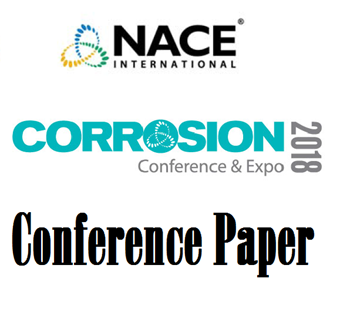Search
10345 Critical Pitting Temperature of Martensitic and Super-Martensitic Stainless Steels in Simulated Sour Environments
Also Purchased
99584 EFFECT OF HYDROGEN SULFIDE PARTIAL PRESSURE, PH, AND CHLORIDE CONTENT ON THE SSC RESISTANCE OF MARTENSITIC STAINLESS STEELS AND MARTENSITIC PRECIPITATION HARDENING STAINLESS STEELS
Product Number:
51300-99584-SG
ISBN:
99584 1999 CP
$20.00
51318-11257-Sulfide Stress Cracking of Super 13Cr Martensitic Stainless Steel – Localized Corrosion and Hydrogen
Product Number:
51318-11257-SG
Publication Date:
2018
$20.00
11103 Environmental Cracking Performance of Super Martensitic Stainless Steels13Cr in High Chloride Reservoir Fluids Containing H2S/CO2
Product Number:
51300-11103-SG
ISBN:
11103 2011 CP
Publication Date:
2011
$20.00




